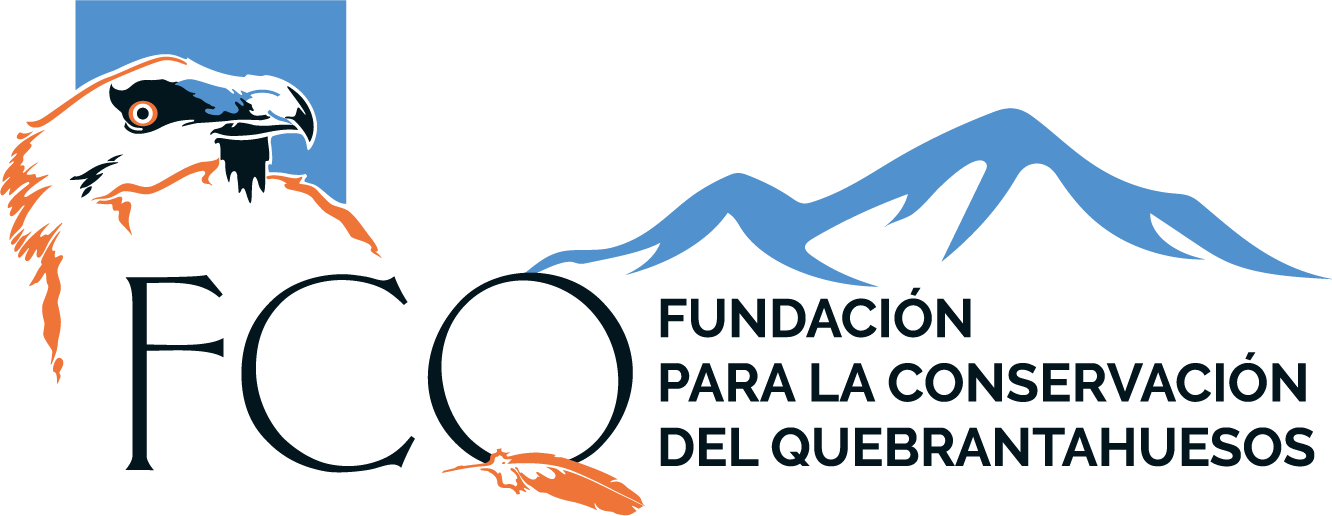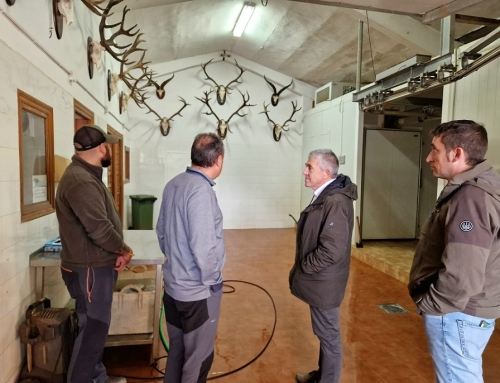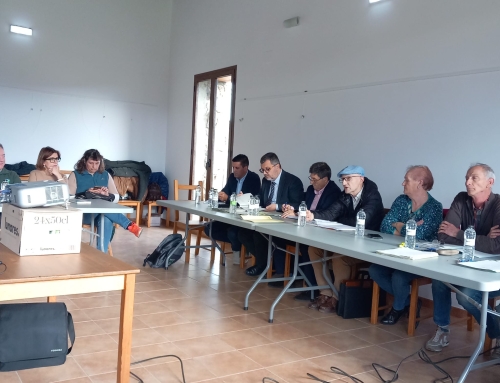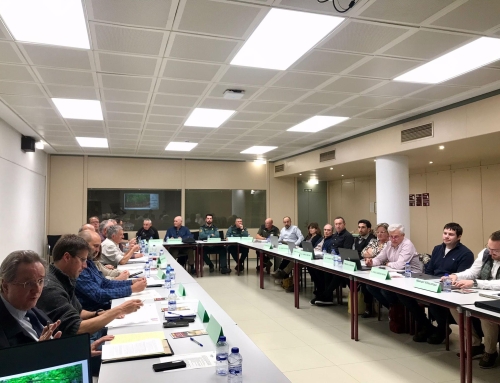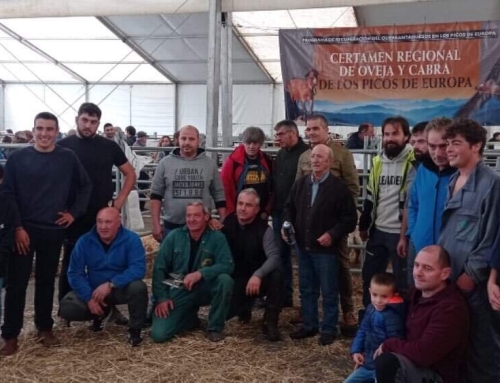
Twenty-one bearded vulture chicks have fledged in Aragon this season.
The Agents for the Protection of Nature (APN), technicians of the Government of Aragon and members of the Foundation for the Conservation of the Bearded Vulture have come to control 55 clutches In the framework of the captive breeding program, 10 chicks have been obtained, A total of 21 Bearded Vulture chicks have taken flight in Aragon this season, according to the inventory carried out by the Agents for the Protection of Nature (APN), technicians of the Government of Aragon and members of the Foundation for the Conservation of the Bearded Vulture (FCQ). The objective of this census is to know the population size and demographic parameters such as productivity or reproductive success, indicators of the health of the population of this endangered species. Thus, the population is currently made up of at least 87 breeding units, of which approximately a quarter are made up of trios, distributed throughout the Pyrenees, Pre-Pyrenees and the Iberian System. In this season 2023-2024, 55 clutches have been controlled, from which 26 chicks of bearded vultures were born in the wild, and 21 specimens finally fledged. Of these 55 clutches, the FCQ, with the collaboration of the high altitude intervention group of the Government of Aragon and mountain rescue groups of the Civil Guard, removed the clutches from 10 nests for incubation and captive breeding, obtaining 10 chicks that have been destined for release in the reintroduction programs of the species that the FCQ develops in the National Park of the Picos de Europa and in the Sierra de Gredos, within the framework of the LIFE Pro-Iberian Bearded Vulture Corridors project. The ratio between the number of chicks fledged and the number of territorial units that have been monitored is 0.28. That is to say, only chicks from 28% of the nests monitored have managed to fly. This is a figure that marks a pattern of stability, low if we compare it with the values obtained in other mountains such as those of the Alps, where this parameter is regularly doubled, but very similar to those obtained in France, Catalonia or Navarra.
Population monitoring
Continuous monitoring also allows the identification of possible disturbance factors in the nesting areas, from recreational and sporting activities, to forestry works, infrastructure maintenance and many other actions on the territory. The information obtained from the monitoring allows the adaptation of the dates and ways in which these activities are carried out, in order to guarantee their compatibility with the continuity of reproduction, as established in the Bearded Vulture Recovery Plan in Aragon. Currently, the guild of necrophagous birds is affected by a series of emerging diseases, such as avian malaria or avian influenza, which in recent years have been the cause of increased mortality of chicks in the Pyrenean population and is one of the current sources of concern about the future of these species in the community.
Source:
